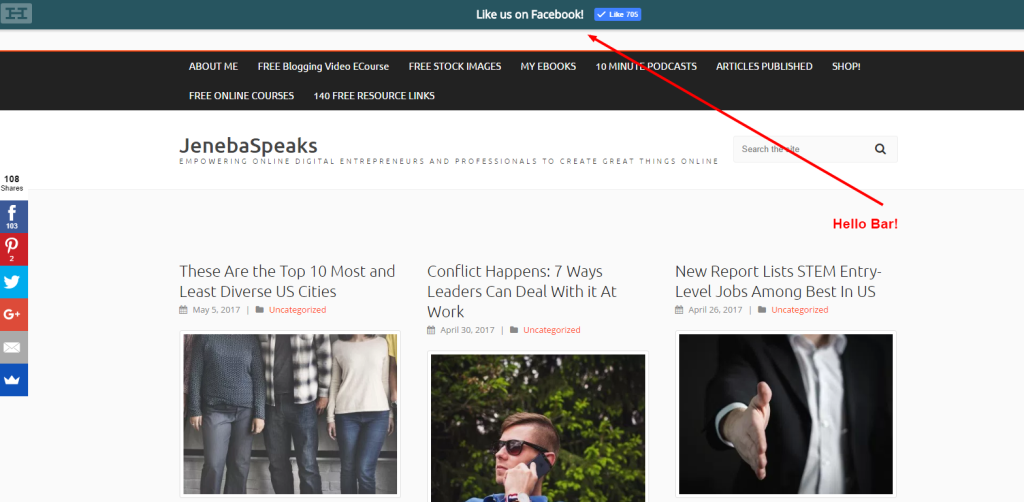
List building is the most important thing anyone who has an online or web-based business must master. Unlike commerce-based and brick and mortar stores, businesses that rely on the internet to thrive, succeed and scale can only survive by being able to reach customers, clients and users of their services that they’ve curated on lists.
List Building
If you don’t know by now, the one asset digital publishers or anyone who operates a business online must have is a list. A “list” in online and content marketing world is the name and/or email addresses for subscribers or anyone who has been to your site, purchased something from you or engaged with you somehow online. It’s a marketing gem because with it, you can reach out to those who have opted in to sharing their contact information again.
Social media and other online platforms where people gather and generate and build communities come and go. Their rules change and they have the ability to shut you down at any moment and take away your hard developed community. However, when you have amassed and collected ways of getting in contact with your tribe independently, you never have to worry. You can use your list to make announcements about upcoming products, services or projects you are releasing, survey and engage them and/or market to them. Again, a list is a gem of an asset to have. The bigger the better but also the best quality the better.
Here are the tools many use to grow our list:
MailChimp – This resource is the industry standard for building a list. It’s free and has lots of tools for list-building. More than 15 million people and businesses use MailChimp to send 1 billion emails every day. MailChimp is an all-in-one resource for email marketing, and their clean user interface makes managing lists, creating campaigns, and reviewing email performance so easy. The company recently made its email sequencing a free option for all, probably a reaction to the growing number of email and list building companies that have cropped up recently. You can add up to 2,000 subscribers in its free plan. You are allowed up to 20,000 sends also in this plan. It has loads of integration for eCommerce, non profs and more.

Hello Bar – A recent report that Google is penalizing interstitial adds and very large pop-ups that appear immediately after a user goes to a page. The search company has determined that they interfere with the web surfing experience, and Google is all about quality experience. Here is where Hello Bar comes in handy. It is a simple strip at the top of your site. Thru it, you can invite users to subscribe to your list or give them an offer for a cheat sheet, ebook or some other free asset in exchange for their email. It works to drive sign ups and grow Facebook and other social pages.

Sumo If you’ve been on any website in your life, you’ve seen the standard pop up inviting you to be added to that site’s email list then you’ve seen Sumo.com in action.
“Sumo is super fast and easy to implement,” says Kennan Shaw, the Demand Generation Manager for Tony Robbins. “It gives us great flexibility with our demand generation initiatives and has helped us increase our website leads by 15%.
In fact, over 650,000+ have installed AppSumo’s plugin and products to help their business grow. Here are a few businesses who use Sumo and these are examples of Sumo.com’s tools.
Convert Kit – This resource is created just for bloggers. You can created landing pages or forms and embed them right into your blog posts. Each time someone signs up, you capture capture emails. The best thing about Convert Kit however, is that it takes the guess work out of email sequencing. After someone subscribes, you can tag them instantly to join an email sequence. It has seamless integration with other list building, inbound and outbound marketing programs like Teachable, MalChimp, and others. The emails you send out are tracked for opens and clicks on links. You can also re-send an email only to those who didn’t open the email the first time and adjust the subject and message. It really makes drip email and email funnels a piece of cake! Give ConvertKit a try and plans start at $29.00 which is very reasonable even for hobby-level bloggers or content creators.
There are plenty other tools and platforms out there and many mobile and desktop apps and services as well. Do your research and find the one that works best for you
This was the second post in a series by Techyaya editor Jenebaspeaks.com revealing all the tools, secrets and resources used by the most successful online and digital entrepreneurs, ecommerce shopkeepers, bloggers and vloggers.

